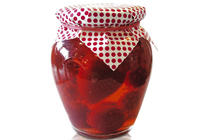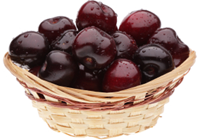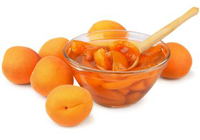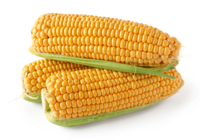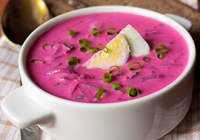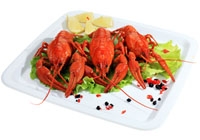Cooking cereals
-

Rice
-

Buckwheat
-
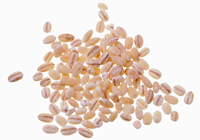
Pearl barley
-
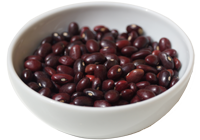
Beans
-
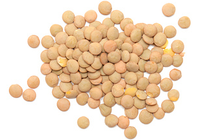
Lentils
-

Peas
-
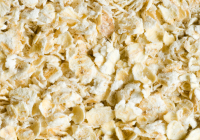
Hercules
-
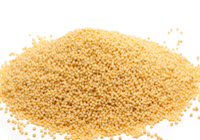
Millet
-

Chickpea
-

Mash
-
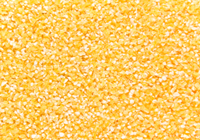
Corn grits
-
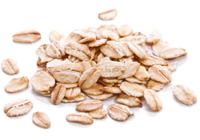
Oat groats
-
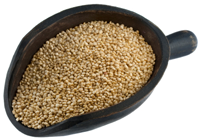
Quinoa
-
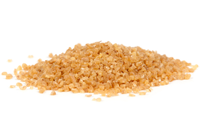
Bulgur
-

Barley
-
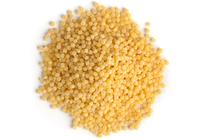
Couscous
-

Barley grits
-
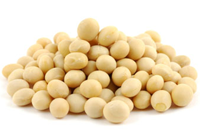
Soya beans
-

Spelled
-

Wheat
-
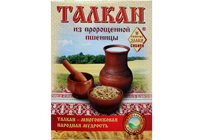
Talkan
-
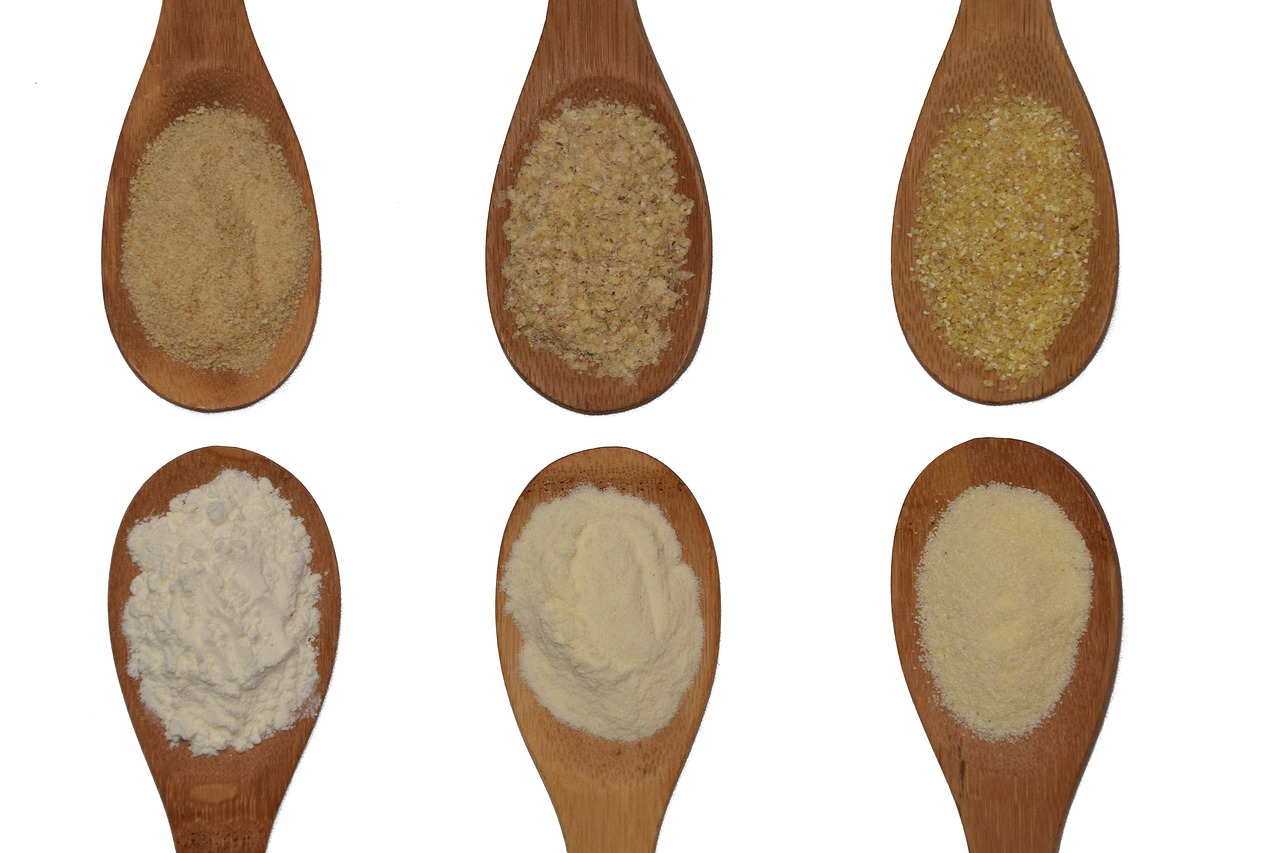
Oatmeal
-
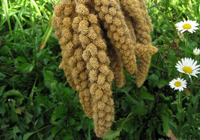
Chumiza
-
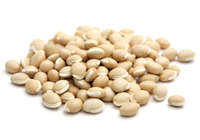
Dolichos
How to cook cereals - general information
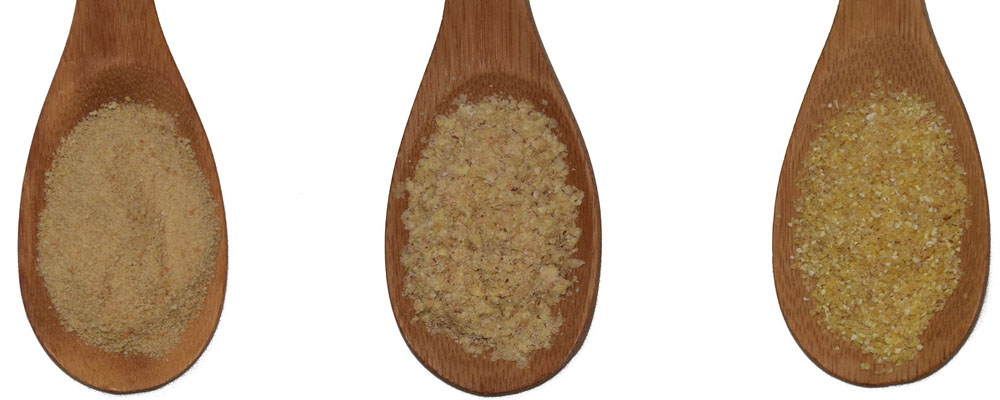 1. As a rule, the cereals must be washed, because the vegetable product before and after processing may have been slightly contaminated. As a rule, cereals at processing plants undergo cleaning and several degrees of processing, however, for complete safety, it is better to rinse the cereals before cooking. Exceptions to this rule are small and processed cereals - semolina, rolled oats.
1. As a rule, the cereals must be washed, because the vegetable product before and after processing may have been slightly contaminated. As a rule, cereals at processing plants undergo cleaning and several degrees of processing, however, for complete safety, it is better to rinse the cereals before cooking. Exceptions to this rule are small and processed cereals - semolina, rolled oats.2. Some cereals need to be soaked - for example, beans and barley will be softer from this procedure. You can, of course, increase the cooking time, but this does not guarantee the preservation of the shape of the grains, and, for example, boiled barley will make porridge from the pickle.
3. Any cereal, even after soaking, can be calcined in a pan to make it crumbly and especially fragrant.
4. During cooking, cereals necessarily increase in size, so it is very important to use a pan for cooking with a 3-4 times margin - this will help to avoid flooding and subsequent cleaning of the stove. In general, it is best to use a thick-walled saucepan so that the cereals are cooked evenly without any dry or overcooked grains.
5. As a rule, the cereal is placed in cold water and the pan is placed on a quiet fire so that the cooking is as gentle as possible - then the cereal will retain a maximum of vitamins.
6. The cooking time of cereals, even within the same type, may differ: for example, regular rice cook for 20 minutes, and brown twice as long.
7. After cooking the dish, as a rule, it is necessary to insist in the same saucepan, tightly covering it with a lid - so that the grains "reach" to the full degree of readiness. And remember, you can't spoil porridge with butter! - Even slightly overcooked cereals can be corrected by simply adding more butter to it.
Most visited
at boil.farmlux.biz/en/Hooray! Summer!
We spend the summer with the benefits of winter!



